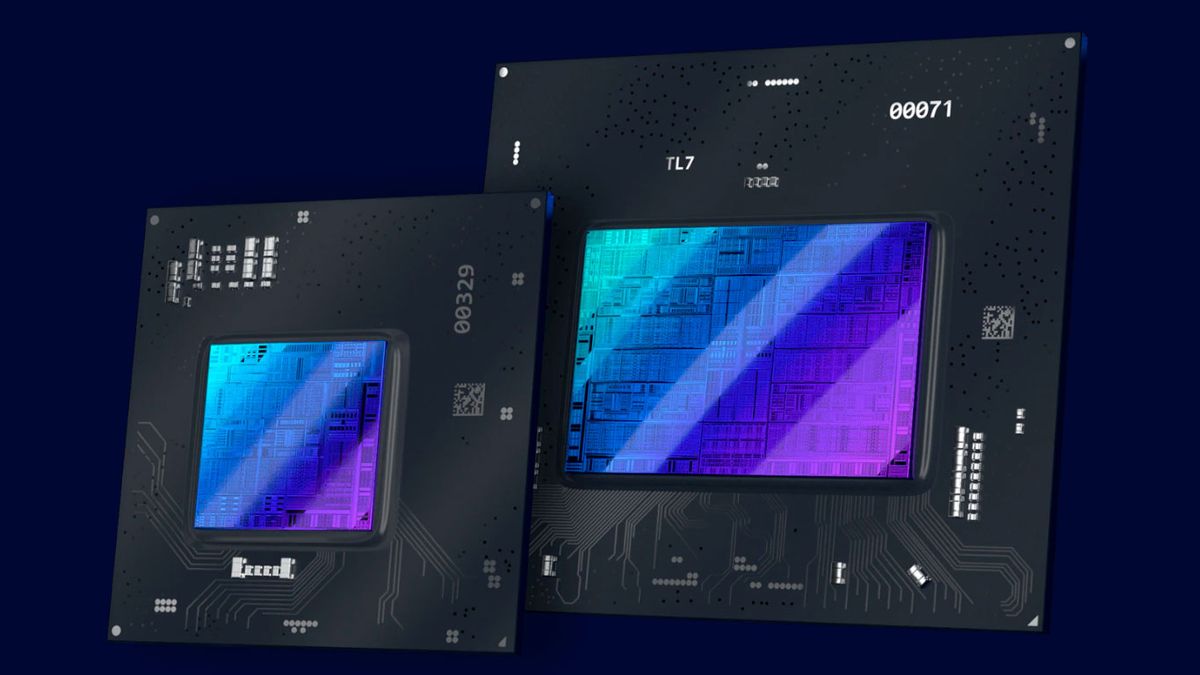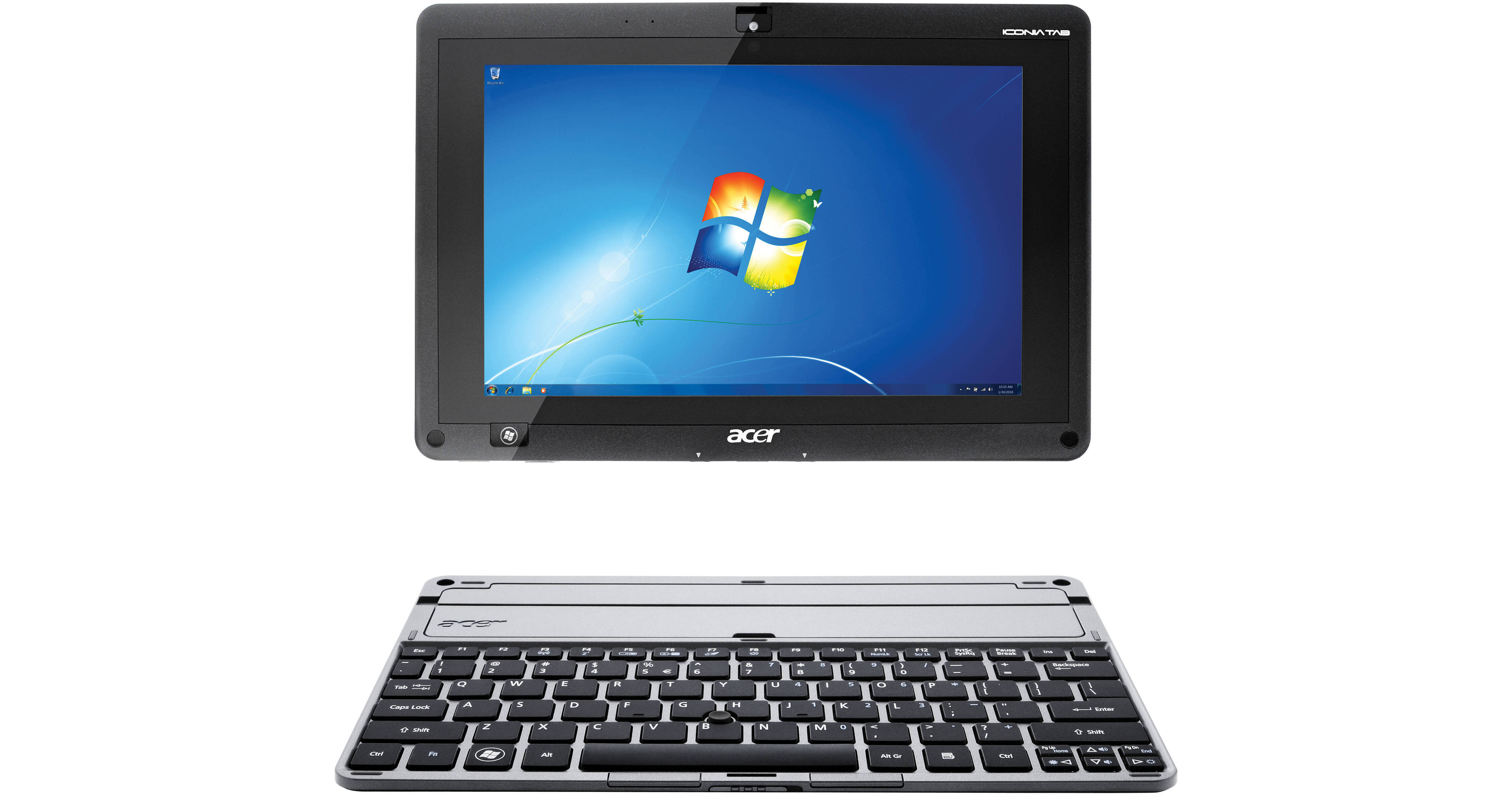Whos got the fastest ST performance? the fastest MT performance ?AMD can split an X86 CPU in to its constitute components and stack them as individual chips both in the 2D and 3D, Intel can't, they are still monolithic. AMD are the first and still the only ones with this ability in X86. 5 years and counting, for 2D stacking.
AMD X86 CPU's are also architecturally more efficient, much smaller more power efficient cores for similar performance per core, its why Intel are losing the hyper scale data-centre battle. They just cannot compete with AMD's offerings.
TSMC are on 6nm, 5nm and now 3nm, Intel 7 is equvilent to TSMC 7nm.
whos got the best gaming CPU?
No one measures nodes in nm scale they are both just marketing terms.
Intel 7 > 4 > 3
TSMC doesnt even launch 3nm until 2023 and isn't that the same year intel is meant to be ready with intel 3.
so how is it 3 generations? seem more like 1 or 0.5 until they could catch up
people will suddenly see power efficiency having no meaning once AMD fall behind at it or if there GPUs need more power than NVDA, also in gaming who was more power efficient again? alderlake





